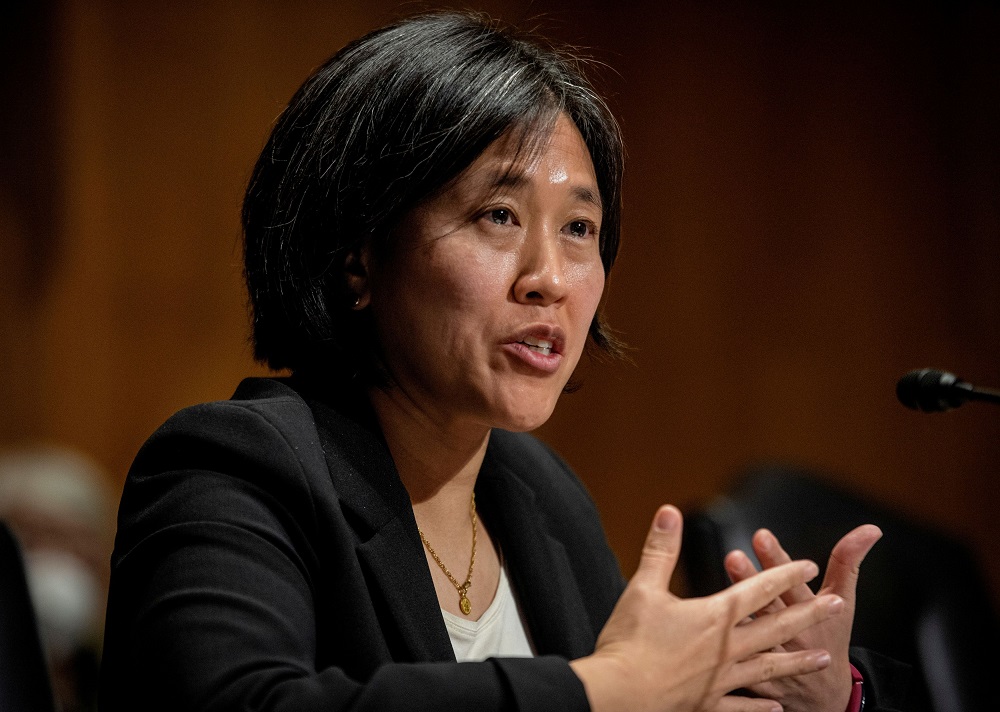The US offers greater clarity on trade policy
Ms. Katherine Tai, US trade negotiator, offered the first significant explanation of the trade policy of the Biden administration.

Ms.Katherine Tai, US trade negotiator, offered the first significant explanation of the trade policy of the Biden administration.
This alone is newsworthy. That is because, when the new administration came into office in January, there was considerable anticipation as to whether it would quickly reverse the Trump trade policy. Recall that, President Trump initiated a trade policy significantly different from what had largely been a bipartisan consensus for most of the post-war period. While most presidents in the post-war era sought trade liberalization (despite instances of implementing trade restrictions), Trump’s policy was focused on using tariffs to compel trading partners to boost imports of US goods. He called himself a “tariff man.” He imposed major tariffs on China and others, with China retaliating in kind. By the end of Trump’s term, the effective average US tariff level was the highest since the 1930s.
Joe Biden had spent most of his career favoring trade liberalization. As vice president under President Obama, he had been a champion of efforts to liberalize trade in Asia and to boost relations with China. When he entered office, however, he indicated that there would be no immediate change in trade policy and that domestic affairs would take precedence for the first several months. His administration said that there would be a relatively long policy review on trade. He continued his predecessor’s policy of being tough on China on issues involving human rights, intellectual property protection, and national security. The policy review is now over, and Tai last week offered a view as to where things go from here.
She said that the United States will launch new trade talks with China but, in the interim, tariffs will remain in place. However, she indicated that importers will be better able to pursue exemptions from tariffs. Thus, while the headline tariff level will not change, it seems likely that the effective tariff (tariff after exemptions) will decline. This is a way to move in the direction of trade liberalization, which will please many business leaders, without displeasing some members of the president’s party as well as the opposition party. In addition, and to the surprise of some, Tai said that the United States will seek China’s full compliance with the so-called phase one trade agreement that Trump signed with China in early 2020. She added that the administration will not seek a phase two agreement that would likely have meant more tension with China. Republican leaders, who in the past were strongly pro-trade, took umbrage at the administration’s allegedly relaxed position with respect to China. Trump clearly changed the political dynamics of trade. Today, neither party has a strong wing that favors trade liberalization.
Although Tai offered few details as to how she will approach negotiations with China, one could interpret her general remarks as signaling a future that could involve a reduction of existing tariffs on both sides. My view is that the Biden administration is attempting to gradually ease trade restrictions in order to boost trade, reduce prices, and improve US competitiveness. Meanwhile, the administration seems likely to remain stringent in its efforts to restrict trade and/or cross-border investment in areas that are deemed critical to national security or to the competitiveness of the country’s most pioneering industries. Whereas Trump cast a wide net regarding trade, Biden’s policy has sometimes been described as focusing on a small yard with a big fence.








